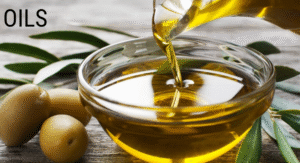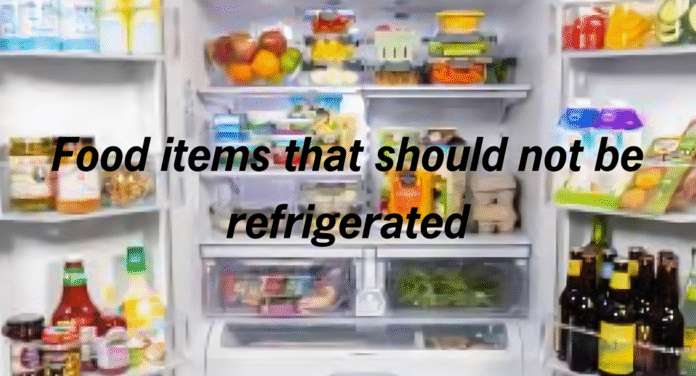Foods not to refrigerate are our daily diet items that keep us healthy. But not all items should be chilled. There are surprising food items that do not belong in the refrigerator because these items can pose health risks if they are stored wrong.
Here is the list of these 15 food items you should avoid refrigerating:
Foods Not to Refrigerate
1. Vegetables
There are many vegetables that should not be refrigerated. Because it can speed up their aging, harden them, or rot them. Try to store them somewhere dry and warm or in a cool, dry spot in the kitchen but not in the refrigerator. These vegetables include potatoes, tomatoes, onions, garlic, bell peppers, cumbers and carrots. Even salad cannot be stored in the refrigerator for more than a few hours; otherwise veggies get moisture and lose their fresh flavors.

2. Fruits
Similar to veggies, there are some fruits that need to be stored in a warm and dry place. If we store them in a cold place, it will slow the ripening process, leaving the fruits dry, hard and potentially bitter. These fruits include bananas, whole melons, pumpkins, apricots, kiwis, mangoes, peaches, avocados, pears, apples, butter squash and citrus fruits. But after they are fully ripe or cut, you can refrigerate them for a few hours.
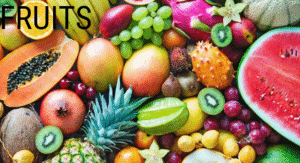
3. Tropical Fruits
Tropical fruits such as coconuts and pineapples all grow in a hot climate; that’s why they need to be stored in a warm place to keep their texture and moisture. That’s why storing them in a refrigerator is not ideal. Instead, keep them on your kitchen counter.

4. Hot Sauces & Soy Sauce
Most of the hot sauces are made of vinegar and preservatives that help them to prevent being moldy. So if we stored them in a refrigerator, it could dull their strength and change their flavor. It is similar with soy sauce because it contains natural antibacterial properties that work better at warm or room temperature. If we put them in the fridge, it can weaken these properties and change the taste.
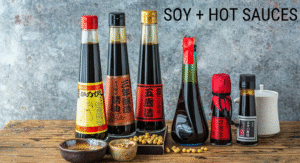
5. Butter & Peanut Butter
Butter contains properties that make it undesirable to store in a cold place. If we store them in the refrigerator, they will become hard and alter to a wax-like texture, making them hard to spread. Same goes for peanut butter; if we store it in a fridge, it will not remain smooth or crunchy; it will become hard and difficult to spread.
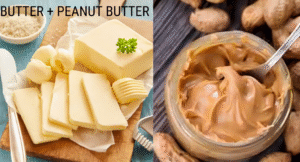
6. Chocolate & Coffee
Chocolate should never be kept in the refrigerator because the cooling effect can change the original flavor and its smooth texture. And for coffee, it needs proper air circulation and dry spots to remain fresh and a fridge can ruin its flavor and texture. So, keep them at room temperature in a cool and dry place.
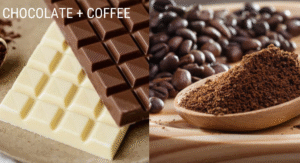
7. Bread
We usually kept eggs and bread in the fridge but that’s not good for them. Storing bread in the fridge causes it to stale faster, which makes it older than it really is but if you cut it and add something to it, you can store it in the refrigerator.
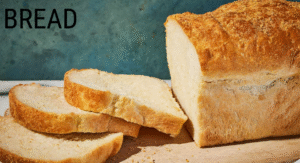
8. Yogurt & cheese
Even we prefer chilled yogurt to a warm version. However, refrigerating them does not extend their shelf life but changes their taste and texture. Moreover, cheese needs to be stored in dry spots to retain its texture and flavor. Cold and moist environment of the refrigerator will only speed up their rotting process.
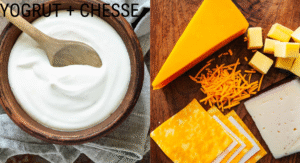
9. Pickles
Similar to sauces, a jar of pickles is made of vinegar and storing them in the refrigerator can have similar effects, meaning it will dull their flavor. The best place to store these pickles is in kitchen cupboards. You can refrigerate them for a time only if needed, like before cutting for a salad or snack.
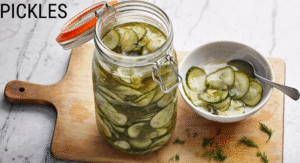
10. Honey
Honey, stored in an airtight jar, can remain fresh and sweet if we keep it at room temperature. If we stored honey in a cold place like the fridge, it would crystallize and become harder to scoop and less enjoyable to use in your meals.

11. Ketchup
Most of us keep ketchup in our fridge after opening it; the vinegar in it will start to react eventually in cold air badly. To keep your ketchup fresh longer, it’s best to store it in a cupboard in your kitchen.
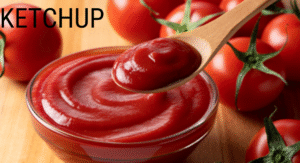
12. Jam, Jelly & Biltong
Jams, jellies, jerkys and biltongs brought from stores usually contain preservatives, which make them unnecessary for long-term freshness. The moisture from the fridge can ruin the taste and make them soggy.
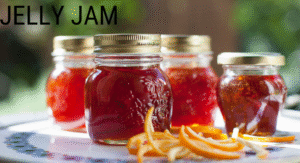
13. Cereals
Storing cereal in the fridge can make it absorb moisture, which not only alters its texture but also lets it take the odors of other food items in the refrigerator. That’s why you should keep your cereals in a cool and dry place to preserve their freshness and flavor. And if you want a cool cereal, just use cold milk instead.
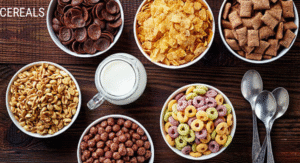
14. Canned Tuna
You can store an unopened tin can of tuna for weeks and months, but if you open it, you can store it in the refrigerator. Because of the juice coat that preserved the fish in the can for years. If you keep that tuna in the fridge, it can ruin the taste and texture. So keep your tuna outside of the refrigerator.
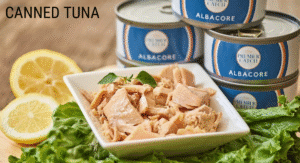
15. Oils
Oils contain fat, and refrigerating them can solidify the fats and change the textures and qualities. So, if you want healthy fats in your diet, keep these oils out of the fridge and store them at room temperature.
